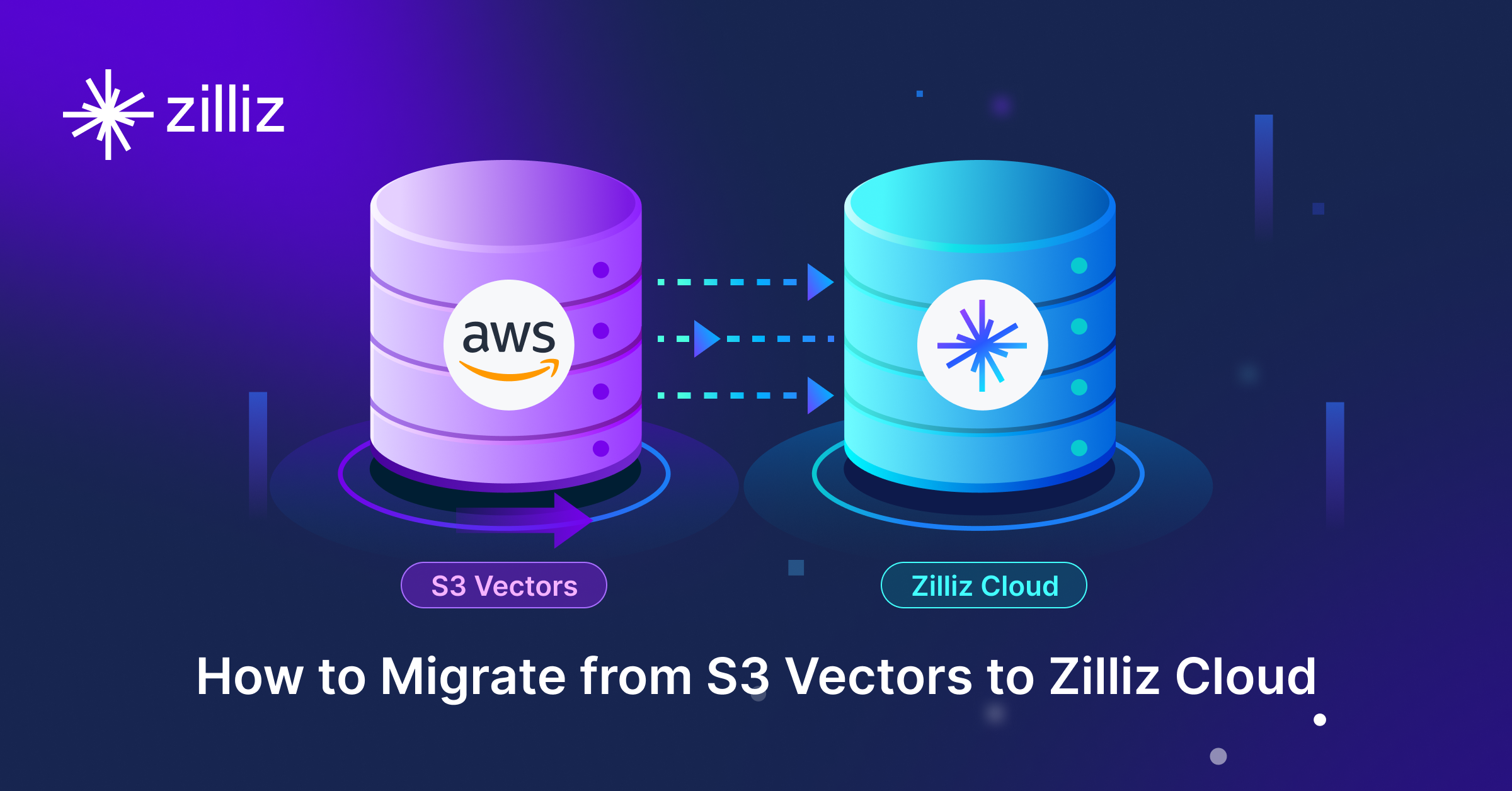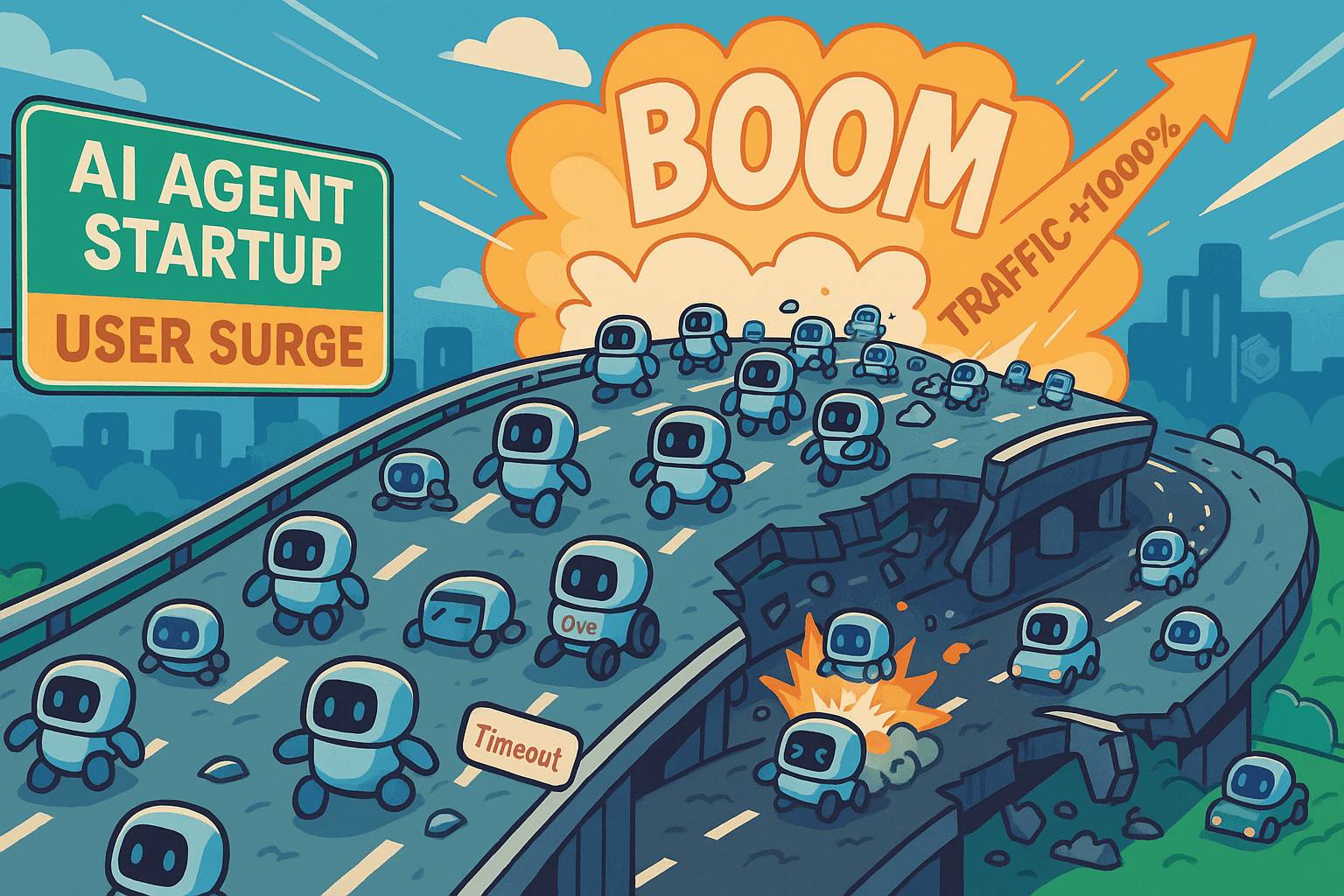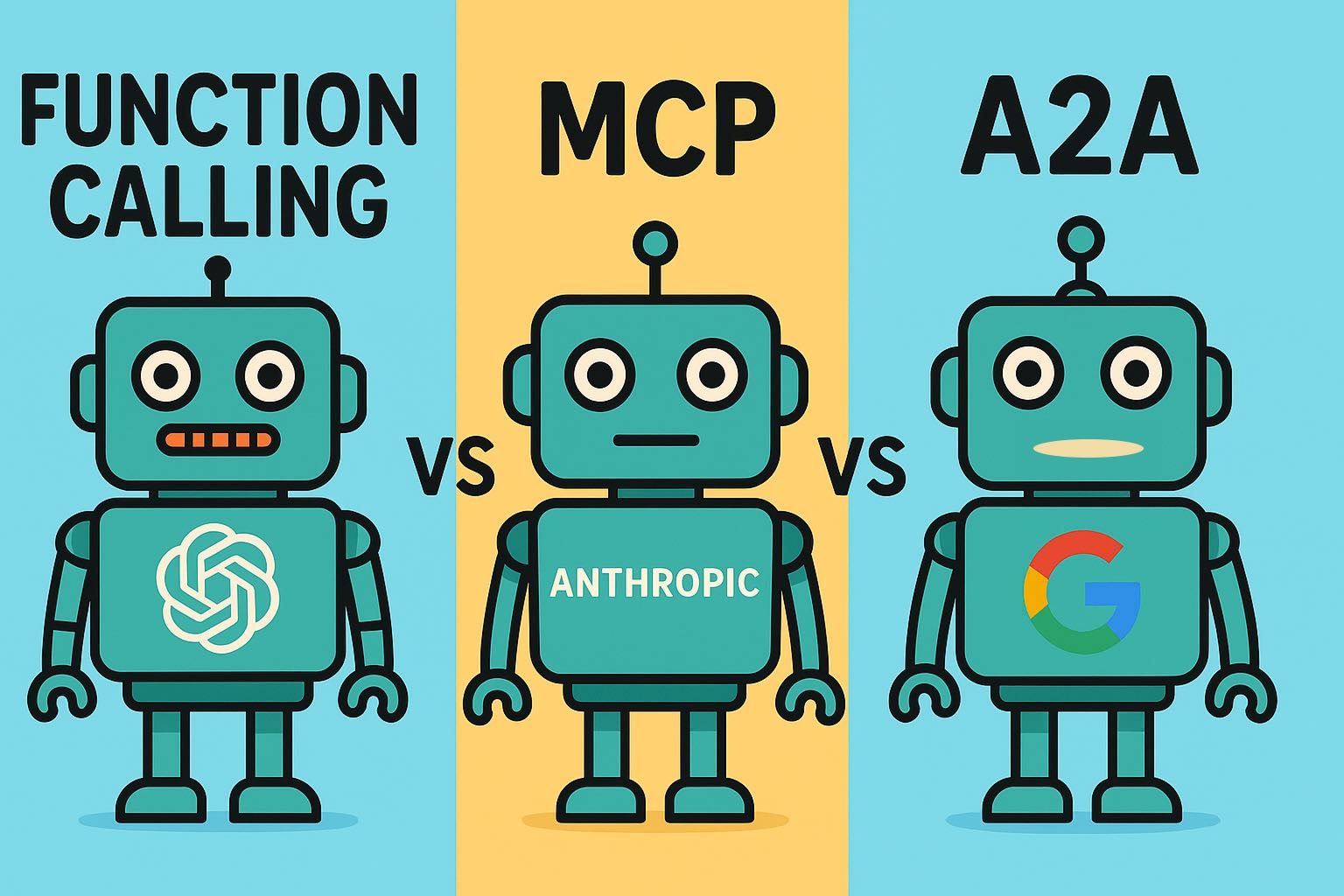AI Integration in Video Surveillance Tools: Transforming the Industry with Vector Databases

The video surveillance industry is undergoing a massive transformation thanks to advancements in artificial intelligence (AI). Developers are integrating AI technologies to enhance capabilities beyond simple monitoring, offering intelligent, real-time decision-making, and data analysis. AI-powered video surveillance tools are no longer limited to just capturing footage; they now process, analyze, and generate insights in real-time. This shift brings core benefits like improved accuracy, faster responses, and enhanced security operations, while also automating previously manual tasks. However, to fully leverage AI, industry professionals need to adopt the right technologies, including vector databases, to make the most out of vast amounts of visual and sensor data.
Video surveillance systems have traditionally been passive tools — documenting events for later review. But with AI-powered video analytics, these systems are evolving into intelligent, proactive solutions that can recognize threats, analyze human behavior, and take immediate action. The integration of AI and vector databases is paving the way for faster, smarter security operations that can scale to meet the growing demands of real-time surveillance.
Current State & Challenges
Video surveillance systems today primarily rely on traditional approaches, such as basic motion detection, rule-based anomaly detection, and storage-heavy video archives. While these systems have been effective, they come with several key challenges.
One major issue is data overload. Surveillance cameras capture vast amounts of data, but much of it remains underutilized because extracting actionable insights from raw footage can be cumbersome and time-consuming. Manual monitoring, event tagging, and searching through hours of footage are also inefficient and prone to human error, leading to slower response times and missed events.
Additionally, video surveillance data is often isolated from other critical operational systems, creating data silos that hinder security teams from leveraging cross-domain intelligence and integrating insights across various platforms. Ensuring privacy and compliance with regulations such as GDPR, while maintaining secure video storage and robust access controls, is another significant challenge for developers.
Human operators are frequently overwhelmed when tasked with monitoring multiple camera feeds. The sheer volume of data makes anomaly detection increasingly difficult, and over time, fatigue sets in, resulting in missed critical events or false alarms. As the number of cameras and the volume of surveillance data increase, traditional systems struggle to keep up, often requiring additional resources just to manage the load.
AI presents a unique opportunity to address these challenges by enabling real-time analysis, smarter surveillance management, and more efficient operations.
How AI & Vector Databases Help
Artificial Intelligence (AI), especially when integrated with vector databases like Zilliz Cloud, is changing the way surveillance systems operate. AI enables surveillance systems to go beyond simply recording events to actively understanding and responding to them in real time.
Traditional video surveillance systems cannot process the meaning behind visual data. With AI-powered vector embeddings, video footage is transformed into high-dimensional vectors that represent not just visual features, but also the context of what's happening. This allows systems to perform more sophisticated searches, such as identifying objects, behaviors, and people, with unmatched accuracy and speed.
Modern surveillance often involves managing video feeds from multiple locations, each with different formats, resolutions, and sometimes even different languages. AI models that support cross-lingual and multimodal capabilities ensure seamless search and retrieval across diverse datasets, making it easier to analyze footage across regions.
Vector databases play a critical role in AI-powered surveillance by enabling real-time indexing and retrieval. Security teams no longer need to manually sift through hours of footage—semantic search powered by vector embeddings allows instant identification of relevant clips based on learned behaviors, object recognition, and event patterns. These systems continuously improve over time, refining their predictive capabilities.
Unlike traditional surveillance systems that rely on motion detection, manual tagging, and time-consuming video review, AI-driven solutions can:
Detect anomalies or suspicious activity across thousands of cameras in real time
Provide instant search and retrieval of relevant footage with sub-second latency
Reduce false positives by understanding the context of movements and behaviors
Identify emerging threats proactively rather than responding reactively
Beyond security, AI-powered video analytics can also drive business intelligence. Organizations use AI-enhanced surveillance to analyze foot traffic, detect loitering, monitor crowd density, and even correlate video data with transactional records to uncover fraud. These applications extend the value of video beyond security, turning it into a tool for operational optimization.
By combining AI with vector databases, surveillance systems gain the ability to process massive amounts of video data efficiently, respond to incidents faster, and continuously improve their ability to detect and predict security risks. This evolution from reactive monitoring to proactive intelligence is shaping the future of video surveillance.
Future Outlook
The future of AI in video surveillance is evolving rapidly, driven by advancements in edge computing, AI-powered video summarization, and autonomous surveillance systems. As surveillance shifts from cloud-only solutions to hybrid models, edge devices equipped with AI will analyze data closer to the source, reducing latency and improving processing speed. AI-powered video summarization will enable systems to automatically generate concise summaries of long surveillance footage, highlighting critical events and minimizing the burden on human reviewers. Autonomous surveillance will further reduce operational costs by allowing cameras to make real-time decisions without human oversight, improving coverage and response times.
The continued growth of AI tools, particularly vector databases for managing complex video data, will lead to smarter and more efficient surveillance systems. These systems will offer improved security, predictive analytics, and automation, transforming how organizations monitor and respond to events.
In the near future, additional breakthroughs are expected. Generative AI will enable the creation of realistic synthetic video simulations for training and system testing, improving incident response preparation. Large Language Models (LLMs) will allow operators to interact with surveillance systems through voice commands or text-based queries, making the process more intuitive. Increased automation through robotic process automation (RPA) will handle routine tasks, freeing security teams to focus on high-priority activities.
These advancements will make AI-driven surveillance systems even more capable of understanding complex behaviors, predicting incidents, and providing real-time, actionable insights. As AI continues to evolve, security teams will have access to smarter tools, such as voice-activated queries and generative AI-powered training, further enhancing the scalability and intelligence of modern surveillance systems.
Benefits of AI in Video Surveillance
AI and vector databases are transforming video surveillance by making systems faster, smarter, and more efficient. Real-time video analysis enables security teams to detect threats and respond up to 50% faster than traditional monitoring methods. AI-powered anomaly detection and object recognition significantly improve accuracy, reducing false positives and ensuring more reliable security insights.
Automation plays a crucial role in modern surveillance, eliminating the need for manual monitoring, event tagging, and video searching. This not only minimizes human error but also reduces operational costs by decreasing the reliance on large security teams. AI-driven solutions also enhance scalability, allowing surveillance systems to efficiently manage billions of video frames and seamlessly adapt to growing data demands.
By leveraging AI for predictive analytics, security teams can proactively identify potential risks rather than just reacting to incidents. The ability to process and analyze vast amounts of video data in real-time ensures a more effective and resource-efficient approach to security.
AI-driven surveillance doesn’t just improve accuracy—it enables security teams to detect threats faster, respond more effectively, and operate at scale while cutting costs.
Case Study: Enhancing Cloud-Based Video Surveillance with Scalable Vector Search
A leading video surveillance provider is transforming how businesses manage security and operational insights by leveraging cloud-based infrastructure. To deliver fast, scalable search across vast amounts of video data, the company transitioned from MongoDB to Zilliz Cloud. This shift enables efficient video and image retrieval using high-performance vector search, significantly improving response times and reducing IT overhead for customers.
The platform supports a multi-tenant architecture, accommodating businesses of all sizes—from retailers with thousands of locations to small businesses managing just a few sites. By leveraging Zilliz Cloud’s optimized indexing and metadata filtering, customers can efficiently retrieve relevant footage within seconds, a significant improvement over previous solutions. The ability to handle periodic batch inserts, enforce retention policies, and scale effortlessly ensures that businesses can confidently adopt cloud video surveillance while maintaining security and operational efficiency. With an upcoming full-scale rollout, the company is positioned to drive widespread adoption of AI-powered video search, setting a new standard for intelligent surveillance.
Responsible AI Development in Surveillance
As AI becomes more embedded in video surveillance, ethical considerations must remain a top priority. Privacy, transparency, and security should be fundamental aspects of AI system design and deployment. Regulations like GDPR and emerging AI acts are shaping how companies develop and implement AI-powered solutions, reinforcing the need for responsible and transparent practices.
Aligning with industry standards ensures that AI solutions are deployed ethically and responsibly. This includes implementing strong security measures, maintaining transparency about AI-generated content, and safeguarding personal data and intellectual property. Organizations that prioritize these principles not only comply with regulations but also build trust with users and stakeholders.
AI is transforming surveillance, but its development must prioritize privacy, security, and transparency to ensure trust and responsible use.
The Role of Humans in AI-Enhanced Surveillance
AI enhances video surveillance by automating routine monitoring and detecting anomalies in real-time, but human oversight remains essential. AI is not a replacement for human operators—it is a tool that augments their capabilities. By handling repetitive tasks, AI allows security teams to focus on complex decision-making and strategic responses.
Rather than replacing security professionals, AI provides timely insights and alerts that empower them to act more effectively. The combination of AI-driven automation and human expertise ensures that surveillance systems are both intelligent and accountable.
AI strengthens security operations by automating routine tasks and delivering critical insights, but human judgment remains irreplaceable in ensuring responsible and effective decision-making.
Recommendations for Adoption
For video surveillance tool developers looking to integrate AI and vector databases, here are some actionable steps:
Assess Current Infrastructure: Evaluate your existing surveillance systems and determine how AI and vector search technologies can integrate with or replace your current tools.
Choose the Right Database: Ensure the selected vector database, like Zilliz Cloud, can handle the specific scalability, performance, and compliance needs of the video surveillance industry.
Data Security & Compliance: Prioritize AI solutions that comply with industry-specific privacy regulations such as GDPR. Ensure secure data storage, encryption, and access control features are part of your solution.
Invest in Training: Upskill your team to understand AI and machine learning concepts. Understanding how to implement and fine-tune these systems is crucial for success.
Start with a Pilot Program: Before fully implementing AI-powered solutions across your organization, run pilot projects to test and refine the system.
How Zilliz Cloud Helps: Zilliz Cloud offers an enterprise-ready vector database designed to scale with the unique demands of the video surveillance industry. With high-performance, real-time indexing and search capabilities, Zilliz Cloud can manage vast amounts of video data while delivering fast, accurate AI-powered insights. Built with security, scalability, and compliance in mind, Zilliz Cloud is the perfect solution for developers looking to enhance their video surveillance systems with cutting-edge AI technologies.
Next Steps: If you're ready to implement AI in your video surveillance system, start by exploring how Zilliz Cloud can help streamline your AI and vector search workflows. Reach out for a consultation or sign up to access the platform’s powerful features.
- Current State & Challenges
- How AI & Vector Databases Help
- Future Outlook
- Benefits of AI in Video Surveillance
- Case Study: Enhancing Cloud-Based Video Surveillance with Scalable Vector Search
- Responsible AI Development in Surveillance
- The Role of Humans in AI-Enhanced Surveillance
- Recommendations for Adoption
Content
Start Free, Scale Easily
Try the fully-managed vector database built for your GenAI applications.
Try Zilliz Cloud for FreeKeep Reading

Migrating from S3 Vectors to Zilliz Cloud: Unlocking the Power of Tiered Storage
Learn how Zilliz Cloud bridges cost and performance with tiered storage and enterprise-grade features, and how to migrate data from AWS S3 Vectors to Zilliz Cloud.

Why Not All VectorDBs Are Agent-Ready
Explore why choosing the right vector database is critical for scaling AI agents, and why traditional solutions fall short in production.

The Great AI Agent Protocol Race: Function Calling vs. MCP vs. A2A
Compare Function Calling, MCP, and A2A protocols for AI agents. Learn which standard best fits your development needs and future-proof your applications.
